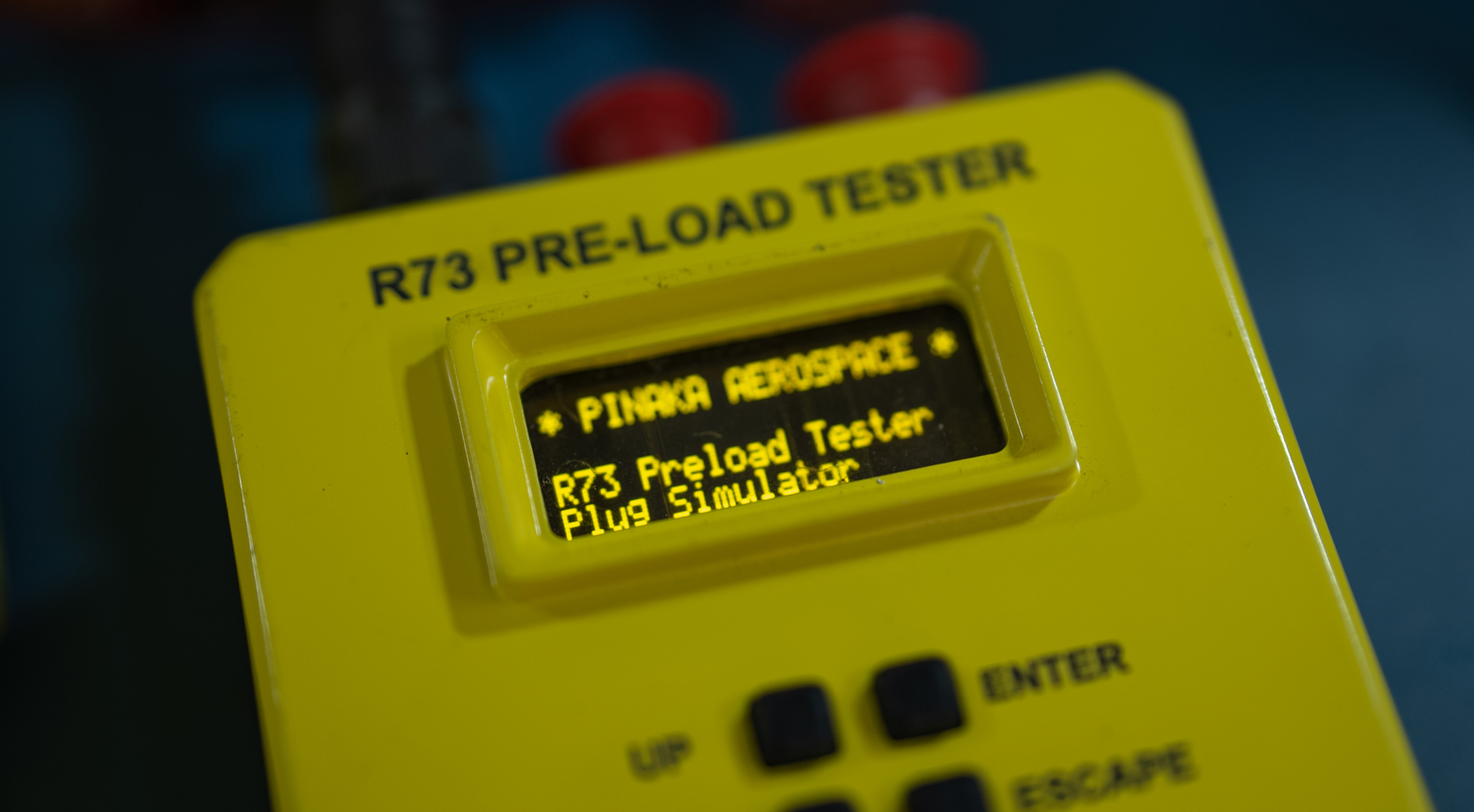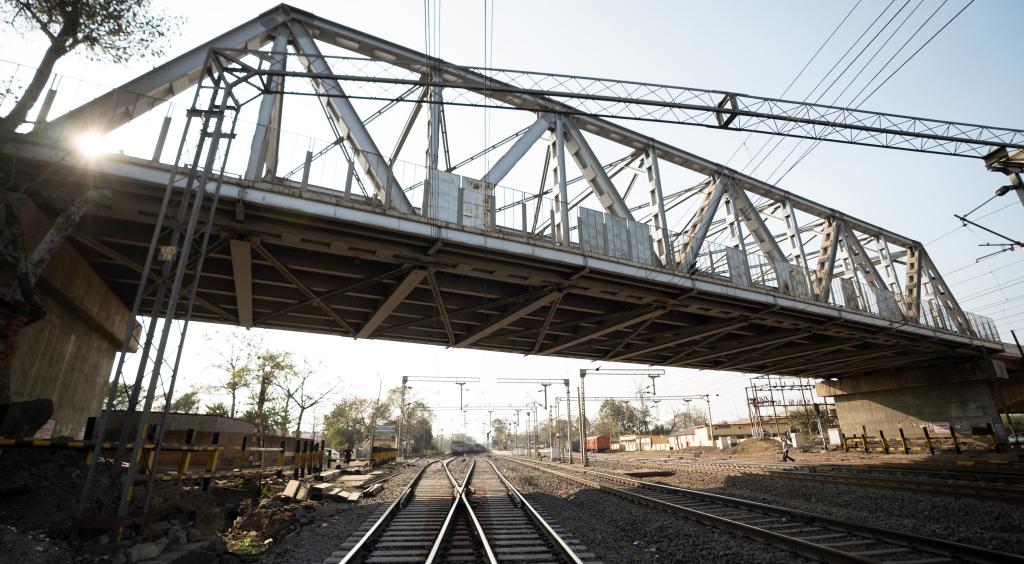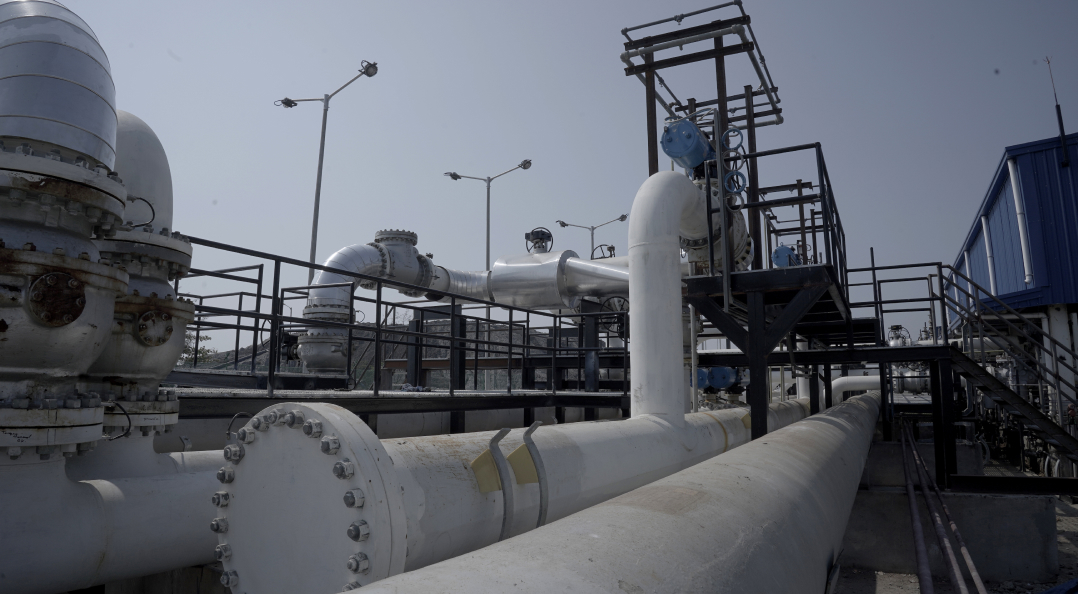What are cryogenic double-walled tanks and how are they made?

Uncovering the Engineering Excellence in Ultra-Low Temperature Liquid Gas Storage
Cryogenic double-walled tanks (DWT) are engineered to house liquid gases like LNG (liquefied natural gas) or liquid nitrogen at extremely low temperatures ranging from -160°C to -196°C (-256°F to -320.8°F). Constructing these structures involves using advanced materials, precise engineering techniques, rigorous testing, and meeting stringent inspection standards to ensure impeccable structural integrity, safety, and operational reliability.
How are materials selected and tested for construction, especially in extreme cold conditions?
The first step of construction lies in the selection of materials. High-grade, low-temperature steels and advanced alloys such as 9% nickel steel, aluminum alloys, and low-carbon stainless steels are chosen for their resilience under extreme cold, without compromising structural integrity. These materials undergo rigorous testing, including Charpy impact tests, alongside Non-Destructive Testing (NDT) techniques like ultrasonic testing (UT), radiographic testing (RT), magnetic particle testing (MT), and liquid penetrant testing (PT), ensuring they can withstand sub-zero conditions without faltering.
What welding techniques and inspection methods are employed to ensure weld strength and integrity?
Advanced welding techniques like Submerged Arc Welding (SAW), Gas Tungsten Arc Welding (GTAW), and specialized processes such as Electron Beam Welding (EBW) and Friction Stir Welding (FSW) are employed for unmatched weld strength and integrity. Cutting-edge robotic inspection systems, including laser-based automated UT, meticulously scrutinize weld quality, ensuring full coverage inspection even in challenging-to-reach areas, while adhering to ASME or API standards.
How is the foundation of a cryogenic tank tested for stability and resilience against seismic forces?
The tank’s foundation undergoes rigorous testing via advanced geotechnical analysis techniques such as finite element modeling (FEM) and dynamic response analysis. This ensures optimal stability and resilience against seismic forces. Further bolstering structural resilience, Structural Health Monitoring (SHM) systems embedded with fiber optic sensors and strain gauges provide real-time monitoring of stress, deformation, and temperature gradients, preempting potential issues and ensuring enduring structural integrity.
What methods are used to optimize insulation and thermal performance in cryogenic tanks?
Engineering optimal insulation thickness, material selection, and thermal barrier design through Computational Fluid Dynamics (CFD) simulations minimize heat transfer, maintaining cryogenic temperatures with peak efficiency. Integrating Vacuum Insulation Panels (VIPs) fortified with multiple layers of high-performance insulating materials reinforces thermal resistance, reducing boil-off rates, and maximizing long-term storage efficiency.
How are cryogenic tanks rigorously tested and validated under extreme conditions to ensure durability?
Rigorous environmental tests, including thermal cycling, vibration testing, and accelerated aging tests, validate tank performance under extreme conditions, ensuring enduring durability. Functional testing of instrumentation and control systems verifies operational readiness and safety protocols, from emergency shutdown procedures to leak detection systems, guaranteeing operational excellence.
What regulatory standards and certifications are adhered to in the construction of cryogenic tanks?
Adherence to international standards such as ASME, API, and EN 13458 for cryogenic vessels is paramount. Independent third-party inspection agencies conduct audits, ensuring design integrity, manufacturing quality, and regulatory compliance, providing global regulatory acceptance and certification.
How do ongoing innovation and continuous improvement drive advancements in cryogenic tank technology?
Ongoing research into advanced materials like carbon fiber composites and nano-enhanced alloys pushes the boundaries of cryogenic tank performance, reducing weight, increasing strength, and enhancing corrosion resistance. The implementation of Digital Twin Technology enables virtual simulations, predictive maintenance analytics, and optimization of operational parameters, reducing downtime and ensuring proactive maintenance strategies for unparalleled reliability.
Constructing cryogenic double-walled tanks is an engineering innovation, ensuring the safe and efficient storage of ultra-low temperature liquid gases while paving the way for continuous improvement and groundbreaking advancements in cryogenic storage technology.
What is ZETWERK’s commitment to excellence in delivering cryogenic double-walled tanks, and how do they ensure industry-leading safety and reliability?
ZETWERK delivers cutting-edge cryogenic double-walled tanks to its clients focusing on excellence and innovation. Leveraging advanced technologies, stringent quality control measures, and a team of experienced professionals, ZETWERK ensures that each tank meets or exceeds industry standards and client expectations. From conceptualization to final delivery, ZETWERK’s integrated approach delivers the highest safety, reliability, and performance in cryogenic liquid gas storage solutions.








